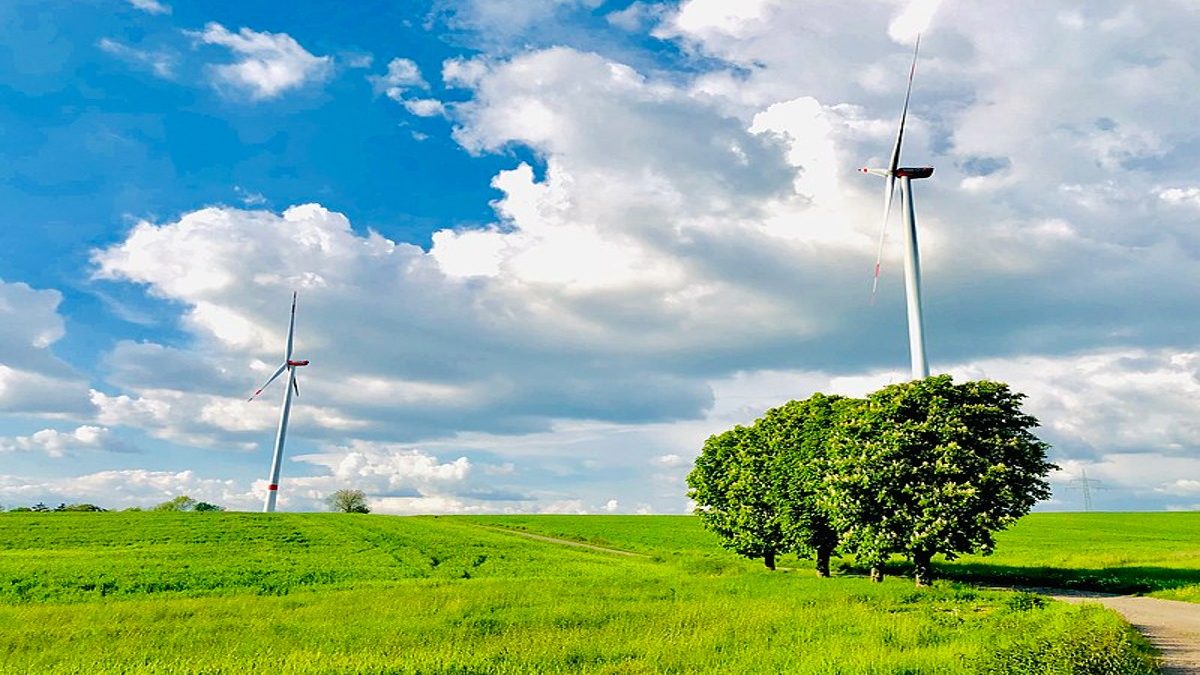India stands on the brink of a green revolution, with significant strides being made in the green energy and electric vehicle (EV) sectors. However, as we pave the way for a sustainable future, it is crucial to address the glaring gender gap in these industries. Increasing women’s workforce participation is not only a matter of social equity but also an economic imperative that can drive innovation and growth in these critical sectors.
The Gender Gap in Green Energy and EV Sectors
The green energy and EV sectors in India are currently dominated by men. According to the International Renewable Energy Agency (IRENA), women represent only 32 per cent of the renewable energy workforce globally, with a similar trend observed in India. The disparity is even more pronounced in the EV sector, where women hold less than 20 per cent of the jobs (IRENA, 2019).
Diverse teams have been shown to outperform homogenous ones, bringing different perspectives that drive innovation and problem-solving. In an industry that thrives on innovation, such as green energy and EVs, increasing women’s participation could significantly boost the sector’s growth and sustainability.
Government Initiatives and Their Potential Impact
Recognising the importance of gender diversity, the Indian government has launched several initiatives to increase women’s workforce participation. The Ministry of New and Renewable Energy (MNRE) has emphasised gender mainstreaming in its policies, encouraging the inclusion of women in renewable energy projects. Moreover, the National Electric Mobility Mission Plan (NEMMP) has also identified gender inclusion as a key objective.
Skill Development Programs
The government has initiated various skill development programs to equip women with the necessary skills to enter and excel in the green energy and EV sectors. Programs like the Skill Council for Green Jobs (SCGJ) are designed to provide technical training and certification, ensuring that women have access to quality education, technocommercial understanding, and job opportunities in these fields.
Impact Shorts
More ShortsFinancial Incentives
Financial incentives and support for women entrepreneurs in the green energy and EV sectors can also play a pivotal role. Schemes like the MUDRA Yojana and the Stand-Up India initiative provide women with the financial backing required to start and scale their businesses in the renewable energy and EV sectors. These initiatives not only empower women economically but also contribute to the overall growth of these industries.
Policy Reforms
The government’s focus on policy reforms that promote gender diversity in the workplace can create an enabling environment for women. For instance, enforcing gender diversity targets in companies and providing tax benefits to organisations that achieve these targets can incentivise businesses to actively recruit and retain women in their workforce.
The Economic and Social Benefits
Increasing women’s participation in the green energy and EV sectors can have far-reaching economic and social benefits. According to a report by McKinsey, closing the gender gap in India could add $700 billion to the GDP by 2025 (McKinsey Global Institute, 2018). In the context of the green energy and EV sectors, this translates to higher productivity, increased innovation, and accelerated industry growth.
Enhanced Innovation
Women bring unique perspectives and problem-solving approaches that can drive innovation in product development, service delivery, and business models. In the green energy sector, this could lead to the creation of more efficient and sustainable energy solutions. In the energy storage and EV sectors, diverse teams could innovate new technologies and designs that meet the needs of a broader consumer base. Innovation can be brought into the business models of green solutions.
Social Equity and Inclusion
Promoting gender diversity in the workforce also has significant social implications. It challenges traditional gender roles and empowers women to pursue careers in STEM fields. This can inspire future generations of girls to aspire to roles in green energy, manufacturing, and EVs, creating a positive feedback loop that continuously narrows the gender gap. While doing so, corporations have to also make sure that they maintain pay parity towards the diverse workforce.
Economic Empowerment
Women’s economic empowerment through participation in high-growth sectors like green energy and EVs can lead to improved living standards and economic stability for families. It can also reduce gender disparities in income and employment, contributing to overall economic equity and social cohesion.
Case Studies and Success Stories
Several success stories highlight the potential impact of increasing women’s participation in the green energy and EV sectors. For instance, in Gujarat, the government’s Rooftop Solar Programme has seen significant involvement of women, with women-led households adopting solar energy solutions at a higher rate. Similarly, initiatives like Mahila E-Haat have provided a platform for women entrepreneurs in the EV sector to showcase and sell their products, driving economic and social change.
Ola is setting up an all-women workforce at its Ola Future factory in Krishnagiri, Tamil Nadu. This initiative is the perfect example of equal participation of women in the workforce.
In conclusion, the green energy and EV sectors are poised to drive India’s sustainable future, but this can only be achieved by addressing the gender gap that currently exists. The government’s focus on increasing women’s workforce participation through skill development, financial incentives, and policy reforms is a step in the right direction. By harnessing the full potential of women, we can drive innovation, economic growth, and social equity in these critical industries. It is not just about filling the gender gap; it is about creating a more inclusive, dynamic, and prosperous future for India.
The author is Vice President of Customized Energy Solutions, India, and is heading the Women in Energy (WE) initiative by IESA. Views expressed in the above piece are personal and solely those of the author. They do not necessarily reflect Firstpost’s views.
)